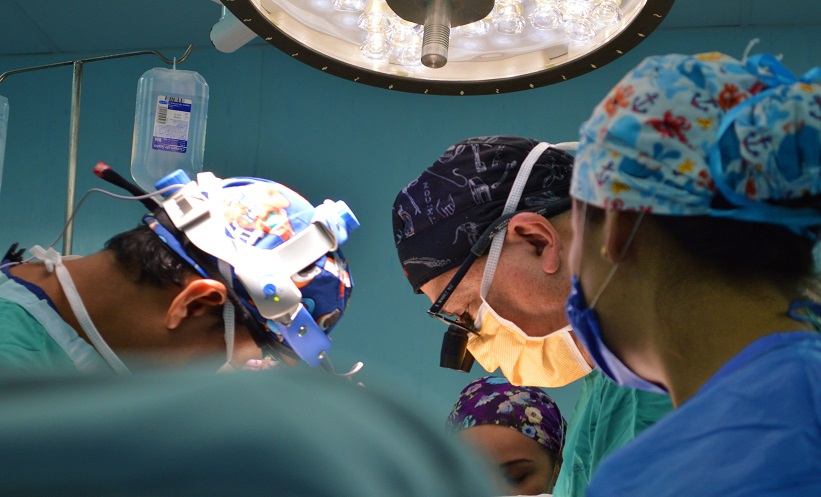BARIATRIC surgery has been associated with a 49% reduction in cardiovascular disease (CVD) risk in patients with non-alcoholic fatty liver disease (NAFLD). NAFLD, if untreated, can lead to liver cirrhosis and liver cancer; however it does not have any approved pharmacological treatments.
Current recommendations include lifestyle modifications, but authors noted that these can be difficult to sustain. The prevalence of NAFLD increases with BMI, and those with severe obesity are most at risk. Since the disease has common risk factors with CVD, interventions to target NAFLD-associated obesity could also reduce risk of CVD.
The retrospective cohort study included 86,964 patients with NAFLD and severe obesity (BMI≥40). Of these patients, 34.8% underwent bariatric surgery, including Roux-en-Y gastric bypass, sleeve gastrectomy, and other surgeries; and 62.5% of patients received nonsurgical care. At 96-month follow-up, 1,568 patients who had bariatric surgery had incident cardiovascular events, versus 7,215 patients who did not have surgery, leading to an incidence rate of 7.8 per 100 person-years. Bariatric surgery led to a 47% reduction of incidence of primary composite CVD outcomes, such as heart failure, ischaemic stroke, and myocardial infarction, as well as a 50% lower incidence of secondary outcomes, such as transient ischaemic attack, secondary ischaemic heart events, secondary cerebrovascular events, atherosclerosis, and arterial embolism and thrombosis.
Limitations of the study included the use of claims data and the observational study design, as well as the inability to stratify CVD disease phenotype as there is no reliable noninvasive diagnostic method for NAFLD. However, the results prove that bariatric surgery is effective to lower the risk of CVD in patients with obesity and NAFLD.
Author Vinod Rustgi, Rutgers Robert Wood Johnson Medical School, New Brunswick, New Jersey, USA, stated: “Although bariatric surgery is a more aggressive approach than lifestyle modifications, it may be associated with other benefits, such as improved quality of life and decreased long-term health care burden.”








